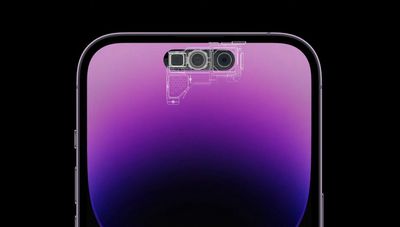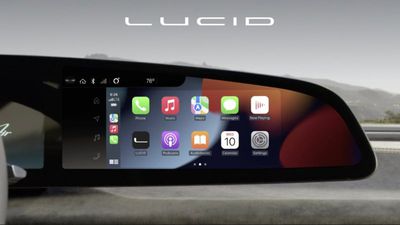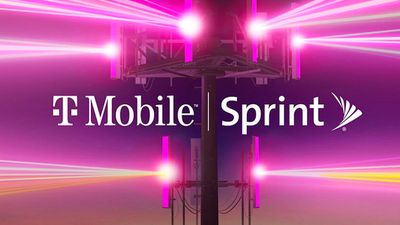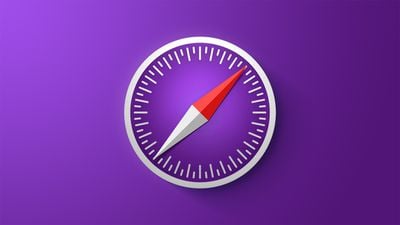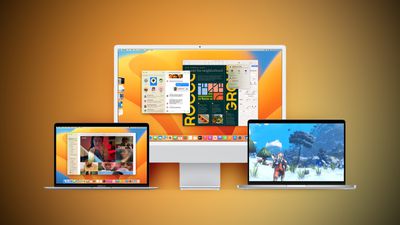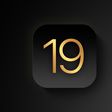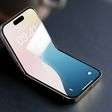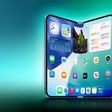Apple CEO Tim Cook has praised his company's "symbiotic relationship" with China during his first visit to the country in the last three years.
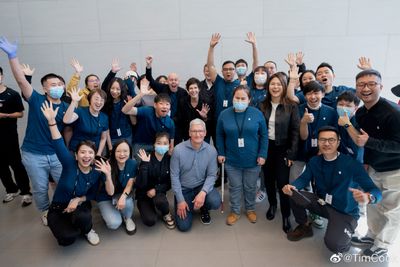
In his first visit since the pandemic began in 2020, the Apple chief gave a keynote speech over the weekend at the China Development Forum, where he said he "could not be more excited" to celebrate Apple's 30th anniversary in the country, where the company makes the vast majority of its iPhones.
"Apple and China . . . grew together and so this has been a symbiotic kind of relationship," said Cook, according to a report by the Financial Times.
Cook was among several U.S. tech company chiefs in Beijing, where the forum has been billed as an opening-up party after three years of lockdowns and restrictions as a result of President Xi Jinping's strict zero-Covid policy, which heavily impacted Apple's operations and led to a shortage of iPhone 14 models during the holiday period.
According to the FT report, Cook avoided mention of tensions between the U.S. and China during his keynote, which occurred during a session about technology and education, and instead talked up the millions of iOS developers in the country, as well as the success of its Apple stores in the region.
Bloomberg on Monday reported that Cook went on to meet China's minister of commerce Wang Wentao. "Both sides exchanged views about Apple's development in China and stabilizing the industry supply chain," according to a statement given to the outlet by Wang's ministry. Wang also reportedly told Cook that China will continue to open up and provide good services to foreign firms including Apple.
Apple last month released its financial results for the quarter ending in December, reporting a roughly 5% decline in revenue compared to the year-ago quarter. Apple cited a "challenging environment" that included iPhone supply issues due to COVID lockdowns in China, which hampered its ability to ship devices to customers.
China's smartphone market finished 2022 with an annual shipment of 287 million units, a year-on-year decrease of 14% and the first time since 2013 that the country's market shipment has fallen below 300 million units, according to a report by Canalys. Apple reached an all-time-high market share of 18% for the year, despite growth for the fourth quarter dropping by 24% due to supply issues, said the report.
Apple has been trying to diversify its supply chain outside of China to reduce its reliance on the country and mitigate the impact of geopolitical unrest, with Vietnam, and more recently India, emerging as important locations for supply chain expansion and investment.
Note: Due to the political or social nature of the discussion regarding this topic, the discussion thread is located in our Political News forum. All forum members and site visitors are welcome to read and follow the thread, but posting is limited to forum members with at least 100 posts.



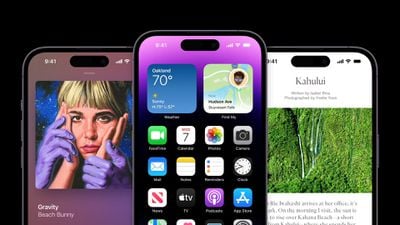
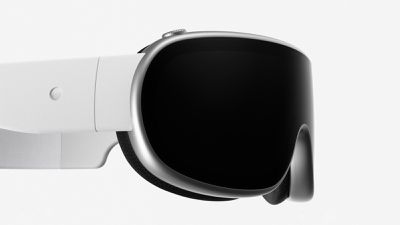 Apple headset concept by
Apple headset concept by 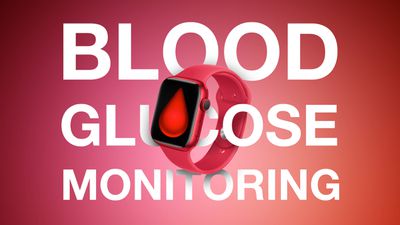
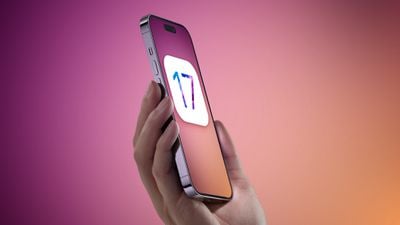

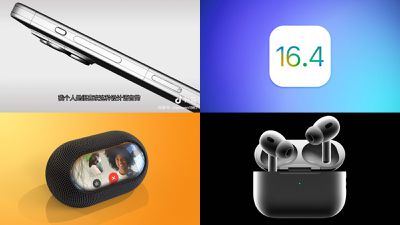

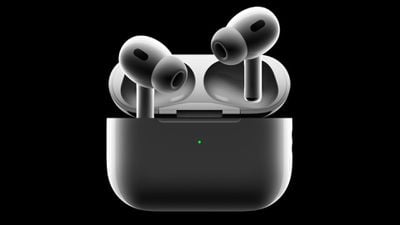
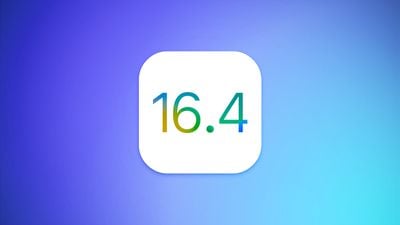
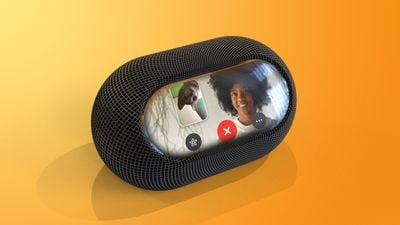 Mockup of a HomePod with display
Mockup of a HomePod with display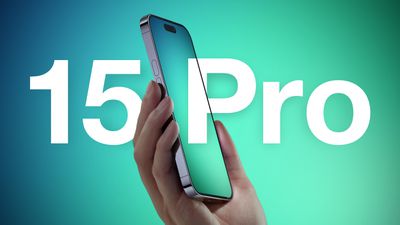
 Note: MacRumors is an affiliate partner with some of these vendors. When you click a link and make a purchase, we may receive a small payment, which helps us keep the site running.
Note: MacRumors is an affiliate partner with some of these vendors. When you click a link and make a purchase, we may receive a small payment, which helps us keep the site running.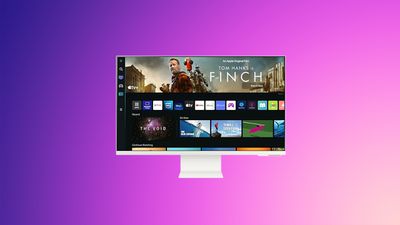
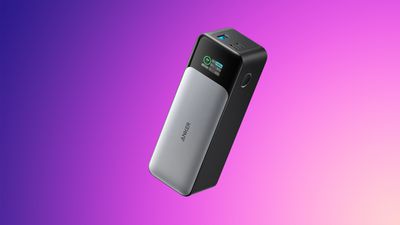
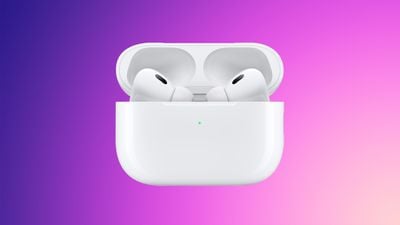
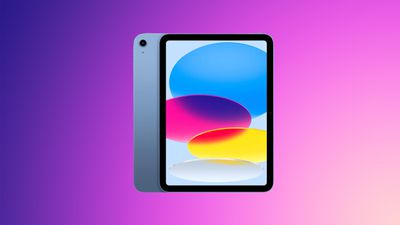
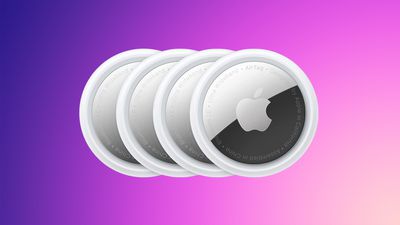
 Image via
Image via 